Gartner’s Top Technology Trends That Will Define 2021
From technology influencing how people behave at work to AI engineering and hyperautomation, here are the biggest technology trends in 2021 that will shape the future, according to Gartner.
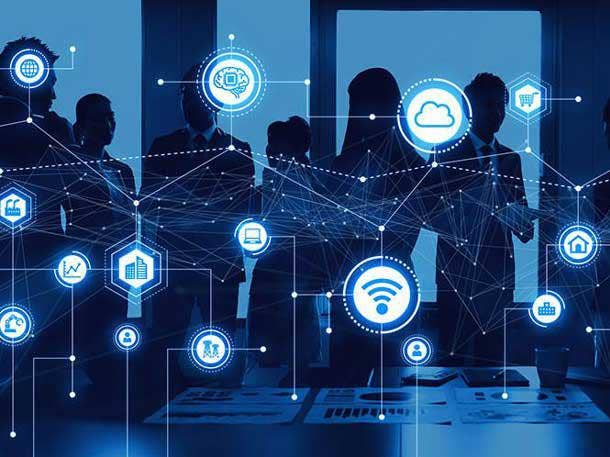
The Top 9 Technology Trends Of 2021
See the latest entry: Gartner: 12 Top Strategic Technology Trends for 2022
The COVID-19 pandemic has shifted the technology innovation and investment strategies of nearly every company in the world as “unprecedented” economic and socioeconomic challenges have made it clear that IT is the lifeline for businesses during the coronavirus era, according to IT research firm Gartner.
Gartner is anticipating major technology trends in 2021 that will further disrupt the IT world and create massive opportunities for solution providers and vendors alike.
“The unprecedented socioeconomic challenges of 2020 demand the organizational elasticity to transform and compose the future,” said Brian Burke, research vice president at Gartner, during the company’s recent virtual Gartner IT Symposium/Xpo 2020.
For example, some employees are returning to work and being met by new sensors, RFID tags and behavioral data technology that influence how they act at work. Gartner dubs this new collection and use of data to drive behaviors as the Internet of Behavior, one of nine trends in its new “Gartner Top Strategic Technology Trends For 2021” report.
From autonomous things and artificial intelligence to cloud computing and emerging technologies, here are the nine biggest technology trends that Gartner predicts will shake up the market next year.

Internet Of Behaviors: Influencing How People Behave At Work
When employees at an industrial site returned to the workplace after the COVID-19 pandemic forced its temporary closure, they noticed sensors or RFID tags were being used to determine whether they were washing their hands regularly, Gartner said in its report. Computer vision was also determining if employees were wearing masks, while speakers were being used to warn people of protocol violations. This behavioral data being collected and analyzed to influence how people behave at work is called the Internet of Behavior (IoB).
As organizations improve not only the amount of data they capture, but also how they combine data from different sources and use that data, the IoB will affect how organizations interact with people. Another example is for commercial vehicles, where IoB technology can monitor driving behaviors like sudden braking and aggressive turns that companies can use to improve driver performance, routing and safety.
The IoB can gather, combine and process data from many sources, including commercial customer data, citizen data processed by public sector and government agencies, social media and location tracking. The increasing innovation of the technologies that process this data has enabled this trend to flourish in 2021. However, it is key to note that privacy laws, which can vary greatly depending on geography, will impact the adoption and scale of the IoB.

Total Experience: ‘Creating A Sustainable Competitive Advantage’
Gartner defines its “total experience” trend as combining the customer experience, employee experience and user experience to transform a business outcome. The goal is to improve the overall experience where all of these pieces intersect—from technology to employees to customers and users.
Tightly linking all of these experiences as opposed to individually improving each one will differentiate a business from competitors in a way that is difficult to replicate, “creating sustainable competitive advantage,” Gartner said.
One use case is how a telecommunications company transformed its entire customer experience to improve safety and satisfaction. The company deployed an appointment system via an existing app so when customers arrived for their appointment and came within 75 feet of the store, they received a notification to guide them through the check-in process and an alert letting them know how long it would be before they could safely enter. The company also adjusted its service to include more digital kiosks and enabled employees to use their own tablets to co-browse customers’ devices without having to physically touch the hardware. Gartner said the result was “a safer, more seamless and integrated overall experience” for customers and employees.
Having a total experience will enable organizations in 2021 to capitalize on COVID-19 disrupters including remote work, mobile, virtual and distributed customers.
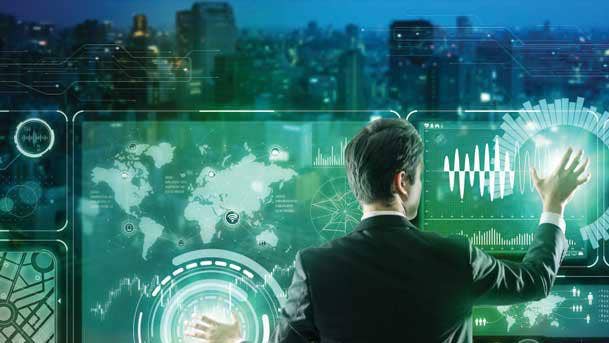
Hyperautomation: Automate Everything Or Risk Being ‘Left Behind’
A major trend that will accelerate in 2021 will be around automating as many things as possible. Hyperautomation is the idea that anything that can be automated in an organization should be automated.
This trend of hyperautomation is driven by businesses having legacy processes that are not streamlined, which creates huge costs and extensive issues. Many organizations in 2020 are supported by a patchwork of technologies that are not lean, optimized, connected or explicit, according to Gartner. At the same time, the acceleration of digital business requires efficiency, speed and democratization.
“Organizations that don’t focus on efficiency, efficacy and business agility will be left behind,” Gartner said.
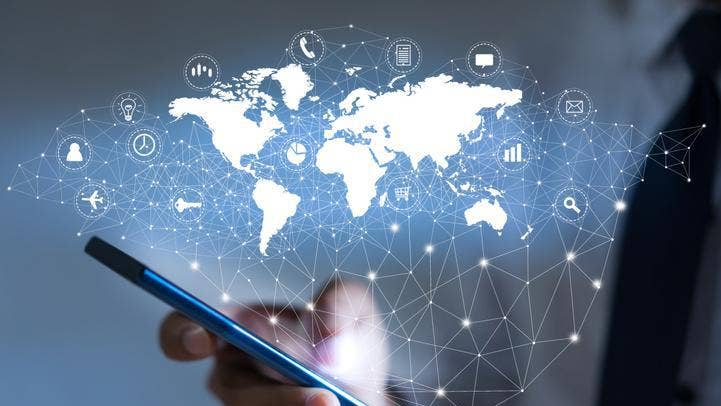
Anywhere Operations: Successfully Emerging From COVID-19
Gartner says an “anywhere operations model will be vital for businesses to emerge successfully from COVID-19” in 2021.
At the core of the anywhere operations trend is an operating model that allows for business to be accessed, delivered and enabled anywhere regardless of where customers, employers and business partners operate in physically remote environments.
For example, banks that are mobile-only handle everything from transferring funds to opening accounts with no physical interaction. Digital should now become the default at all times. Although having a physical office space has its place, banks should be digitally enhanced. Another example is contactless check-out at a physical store, which should be seamlessly delivered.
The model in 2021 and beyond for anywhere operations is “digital first, remote first,” according to Gartner’s report.
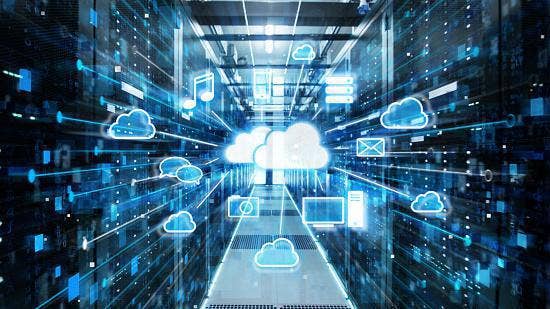
Distributed Cloud: ‘The Future Of Cloud’
Gartner defines the distributed cloud as where cloud services are distributed to different physical locations, but the operation, governance and evolution remain the responsibility of the public cloud provider. This trend has been growing over the past few years as many organizations have moved or are in the process of moving some of their applications and data to the public cloud.
In 2021, the distributed cloud will better enable organizations to have these services physically closer ,which will solve low-latency issues, reduce data costs and help accommodate laws that dictate data must remain in a specific geographic area. However, organizations will still benefit from public cloud economics and won’t need to manage their own private cloud, which can be complex and costly.
“Distributed cloud is the future of cloud,” said Gartner.

Cybersecurity Mesh: A More Modular, Responsive Security Solution
A cybersecurity mesh is a distributed architectural approach to scalable, flexible and reliable cybersecurity control. This growing vital security trend comes as more and more assets are now existing outside the traditional security perimeter.
A strong cybersecurity mesh allows for the security perimeter to be defined around the identity of a person or thing. This security strategy enables a more modular, responsive security approach by centralizing policy orchestration and distributing policy enforcement.
As perimeter protection becomes less meaningful in 2021, the security approach of a “walled city” will evolve to meet the modern cybersecurity needs of every business, Gartner said.

Intelligent Composable Business: Adaptation Is Key
An intelligent composable business is a company that can “adapt and fundamentally rearrange” itself based on a current situation and environment such as during COVID-19.
A big trend in 2020 was organizations accelerating their digital business strategy to drive faster digital transformation in order to become more agile and make quicker business decisions informed by currently available data. Gartner said this will continue to be one of the biggest trends in 2021.
Gartner said that to achieve this, businesses must enable better access to information, augment that information with better insight and have the ability to respond quickly to the implications of that insight. This trend will also include increasing autonomy and democratization across the organization, enabling parts of the business to quickly react instead of being bogged down by inefficient processes.
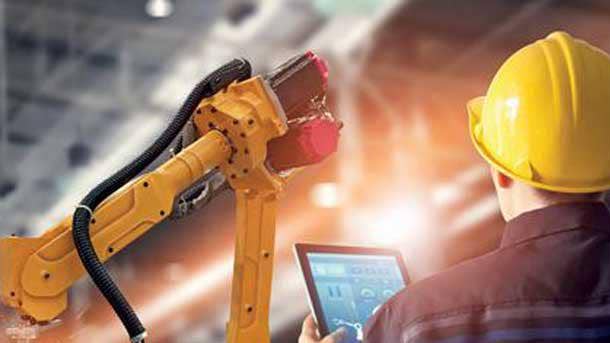
AI Engineering: Delivering The Full Value Of AI
Investing in a solid artificial intelligence engineering strategy will create the performance, scalability, interpretability and reliability of AI models while delivering the full value of AI investments. Gartner said many AI projects often face issues with maintainability, scalability and governance, which make them a challenge for most organizations.
AI engineering offers a pathway, making AI a part of the mainstream DevOps process rather than a set of specialized and isolated projects. It brings together various disciplines to “tame the AI hype” while at the same time providing a clearer path to value when operationalizing the combination of multiple AI techniques, according to Gartner.
Due to the governance aspect of AI engineering, responsible AI is an emerging trend in 2021 to deal with trust, transparency, ethics, fairness, interpretability and compliance issues. “It is the operationalization of AI accountability,” said Gartner.

Privacy-Enhancing Computation: Sharing Data Securely
One of Gartner’s most important technology trends of 2021 in terms of being people-centric is around privacy-enhancing computation. This trend of privacy-enhancing computation features three technologies that protect data while it’s being used. The first provides a trusted environment where sensitive data can be processed or analyzed. The second performs processing and analytics in a decentralized manner, and the third technology encrypts data and algorithms before processing or analytics.
This trend enables organizations to “collaborate on research securely across regions and with competitors without sacrificing confidentiality,” Gartner said. This approach is designed specifically for the increasing need to share data while maintaining privacy or security.